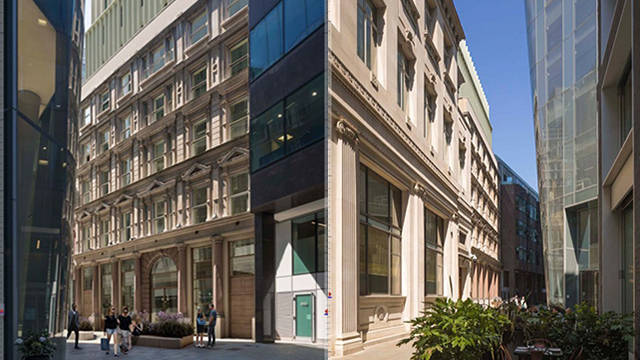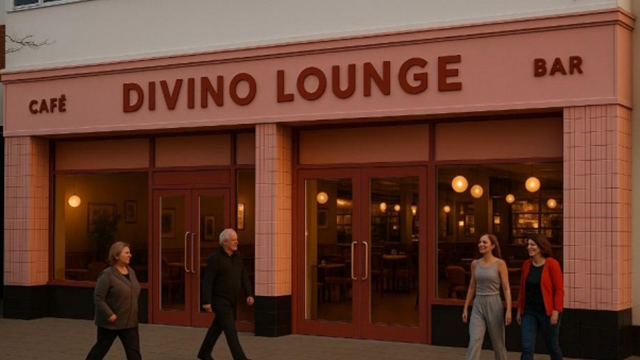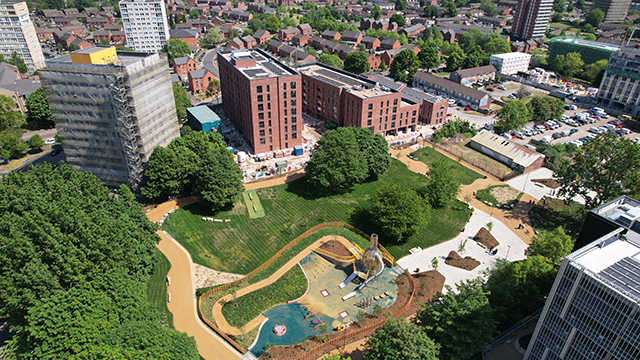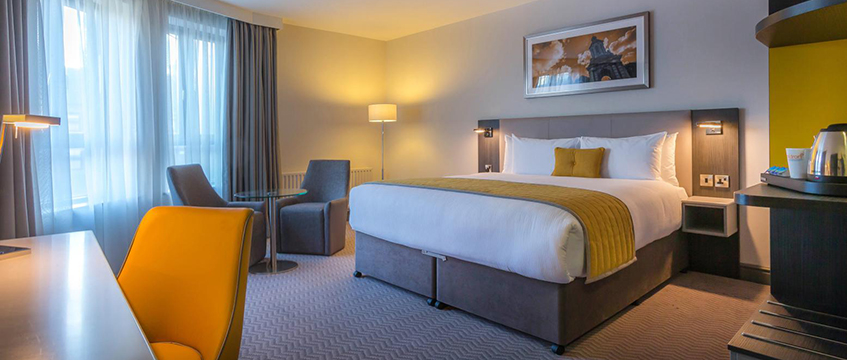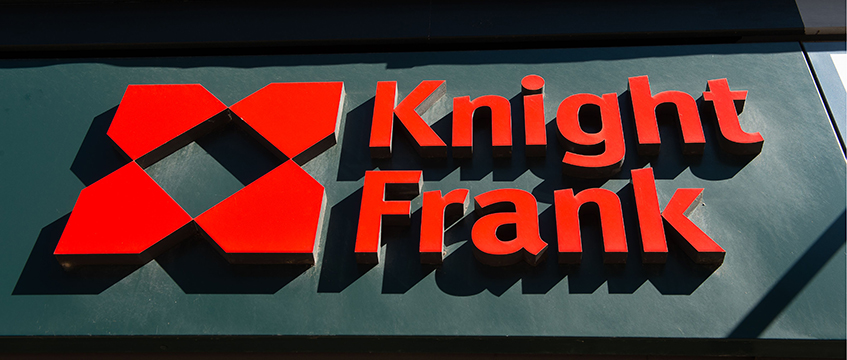Since guidance on permitted development rights was revised, redundant agricultural buildings have become one of the most prized opportunities at regional property auctions.
With pressure on rural housing stock escalating, the government’s revised guidance on Class Q permitted development rights, released in 2015 and then amended in 2018, was intended to increase the number of permissions being granted.
Changes to legislation last year increased the thresholds associated with permitted development rights for Class Q prior approval applications. The permissible floorspace rose to 5,003 sq ft from 4,842 sq ft, and the number of permissible units increased from three to five.
Amendments to legislation have helped developers and builders who buy redundant agricultural buildings to attach a greater confidence to these purchases, leading in turn to value uplifts for the best examples in the most sought-after locations.
Prices achieved are now far less dependent on the site already having planning permission, as with the relaxation of permitted development rights buyers are confident that they can achieve consents relatively quickly and turn around the conversion within reasonable margins.
As barn conversions become more common, buyers have been able to put together a much clearer picture of conversion costs based on previous experience. So whereas “early” opportunities were treated with some caution, purchasers are showing increased confidence in profits for these types of sites. This has helped to reduce contingency funds for barn conversions, which has led to more competitive bidding in the auction room.
No lack of supply
Thankfully, there is currently no lack of supply. We have seen almost double the number of redundant agricultural buildings coming to auction since 2015 as savvy farmers and landowners look to consolidate their land holdings and operations.
Looking to make the most of the value uplifts achieved for these types of buildings and their current popularity, farmers have been increasingly willing to sell off redundant barns with accompanying plots of an acre or so in order to release capital.
Similarly, as gaining planning consent is no longer the headache it was pre-permitted development rights, farmers and landowners are aware they can section off the building and land and turn around a sale quickly. This has become increasingly popular among those looking to diversify in the face of uncertainty around farm funding in the lead up to Brexit.
The majority of unconverted agricultural buildings that come to auction are being sold with prior approval for change of use, which allows the purchaser to make their own decisions on scope and layout.
Examples of barns which sold particularly well last year include a brick-built barn at Freckenham, near Newmarket in Suffolk, without planning permission, which sold for £100 per sq ft. This was far above the agricultural storage value of £10-£20 per sq ft.
Similarly, Stars Farm Barn in Little Sampford, near Saffron Walden in Essex, sold with permission for conversion to residential use for £112 per sq ft. This compares with values of £50-£75 per sq ft being paid when developers were nervous of construction methods and costs.
Considerations for buyers
Purchasers of these types of development opportunities would do well to look out for the details. Issues such as the availability of services can add huge sums to the build if services have to be taken great distances.
Likewise, the structural integrity of the donor barn will have a huge bearing on whether the project is a true conversion or if elements have to be rebuilt, which can then have further planning considerations.
Furthermore, the normal note should be taken of location, outlook and whether any other nearby buildings are also going to be converted or remain in agricultural use, as this can all affect saleability of the completed dwellings.
The next Cheffins property auction on 13 March includes a number of agricultural buildings likely to sell to developers or builders.
One of the most photogenic examples is a 17th century Grade II listed barn set in four acres near Braintree, Essex. At more than 1,750 sq ft it has planning permission for conversion to commercial use but could also be suitable for residential and has a guide price of £175,000.
Similarly, in Hoxne, Suffolk, a group of barns with a combined gross internal area of 5,724 sq ft, which do not have planning permission, has a guide price of £295,000.
Ian Kitson is director at Cheffins




